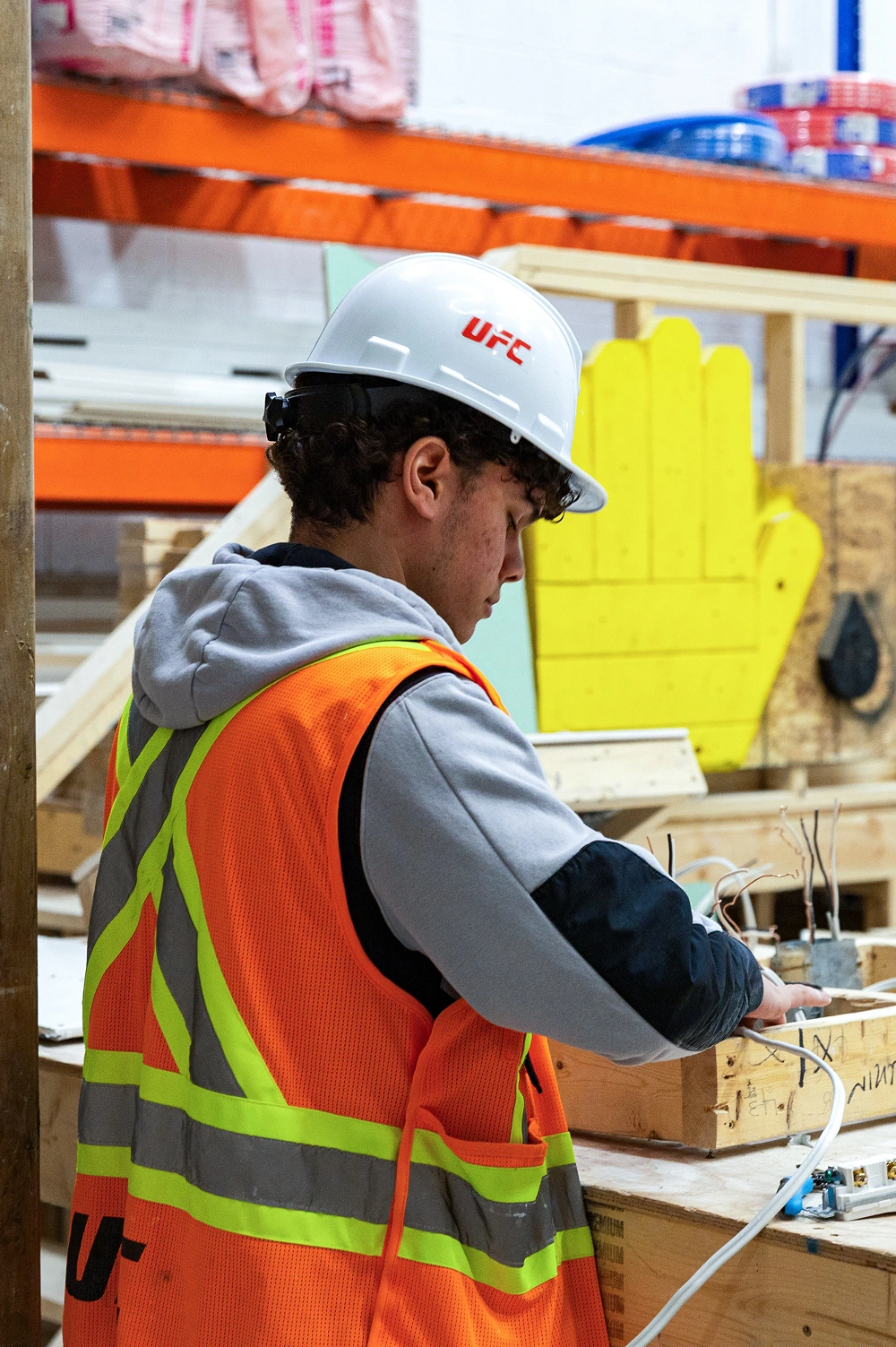How to Become a Builder in Ontario

Published On
28-09-2023

Situational awareness is the ability to perceive, comprehend, and respond to the current circumstances. It’s important in everyday life as we navigate the world, but it’s especially important for tradespeople in the workplace.
As with most other skills, situational awareness is something that can be taught and learned. The benefits of improving yours are twofold: it will help keep you safe on a job site, and help you keep those around you safe, too. Even small slips in focus can lead to a project-destroying disaster or a serious injury—stay vigilant!
In this blog, we’ll break down the basics of situational awareness so you can better understand the importance of safety in the workforce.
The concept of situational awareness is all a matter of framework.
It’s your gut feelings combined with logic. There is no fixed formula for instilling a sense of situational awareness within yourself. Everyone has a different way of approaching things, but developing some kind of framework is key.
Here are two effectual framework techniques:
Confusion is a natural human response—especially when potential threats are near—but it's what you do after the confusion that counts.
The OODA Loop was developed by a U.S. Air Force strategist to help practice situational fighting techniques, but it can be applied to plenty of situations. Situational awareness involves predicting risks so you can act accordingly.
The term ‘OODA’ is an acronym for the following:
SLAM is kind of the sister of OODA. They are both acronyms that represent a 4-step situational awareness plan to identify potential threats and manage them accordingly.
Choosing which model to use depends heavily on preference. Pick one that makes the most sense to you, then keep it in mind as you learn and work. If you can imagine future danger, you can avoid the dangerous scenario altogether.
Industrial work environments are fast-paced and loud. This means that any verbal instructions may get lost in translation. To ensure that you’re getting your message across, supplement verbal communication with visual and auditory signalling.
This can involve flashing lights on heavy machinery that is currently being operated, loud beeping when trucks or forklifts are in motion, and alarms that notify you if any doors are left unsecured. You can also make use of traffic cones and fences to create a barrier between your team and chemical spills or other hazards.
Oftentimes, dangerous situations arise when communication breaks down. Learning how to supplement your verbal communication with signalling is essential for those who work in home renovation, plumbing, or as electrician
Given how many of us just try to drown fatigue in cups of coffee every day, it could appear harmless, right? On the contrary, fatigue is a serious health hazard with the potential to cause illnesses or accidents.
Fatigue can stem from stress, heat, overexertion, or a lack of sleep and lead to impaired judgement, difficulty concentrating, and slowed reaction times. It may also lead to nervous or agitated behaviour that can put you in a potentially dangerous situation.
One of the best ways to improve your situational awareness is by listening to your circadian rhythm. When you’re consistently getting at least seven hours of sleep every night, you’re better positioning yourself to be alert when dangerous situations arise.
Beware of using unnecessary electronic devices while performing a task.
Texting, calling, listening to music, and swiping online can all be dangerous distractions that impair your situational awareness. Remember to only use your smartphones, tablets, and other non-work related gadgets in times and places when it is safe to do so.
Remember: you can't be 100% wary of your surroundings if your attention is focused on a screen. In returning to the frameworks we mentioned in tip one, how could you possibly go through those four steps while on your phone? Stay focused!
We said in the introduction that situational awareness can be taught, and we absolutely meant it—the best way to improve yours is by building a strong personal safety foundation.
Whether you’re enrolled in a pre-apprenticeship program or working alongside professionals in an apprenticeship, it’s important your classes and instructors emphasize safety across all stages of training. Bad habits are hard to undo.
Make it a priority to learn from those who make safety a priority. Engage with situational awareness training exercises as they become available to you, building the skills needed to anticipate dangerous situations.

Improved situational awareness won’t just make you a better worker, it will also make you a professional people want to hire!
At Skilled Trades College of Canada, we make safety a fundamental part of all our courses and learning material. Our 12-week programs will teach the skills needed to excel in your trade, all while staying safe on the worksite.
Start your journey at Skilled Trades College of Canada today!
9,281+
LIVES CHANGED

12,481+
WIRES PULLED

85,382+
2X4'S CUT

9,756+
PIPES LAYED

9,281+
LIVES CHANGED

12,481+
WIRES PULLED

85,382+
2X4'S CUT

9,756+
PIPES LAYED

9,281+
LIVES CHANGED

12,481+
WIRES PULLED

85,382+
2X4'S CUT

9,756+
PIPES LAYED
